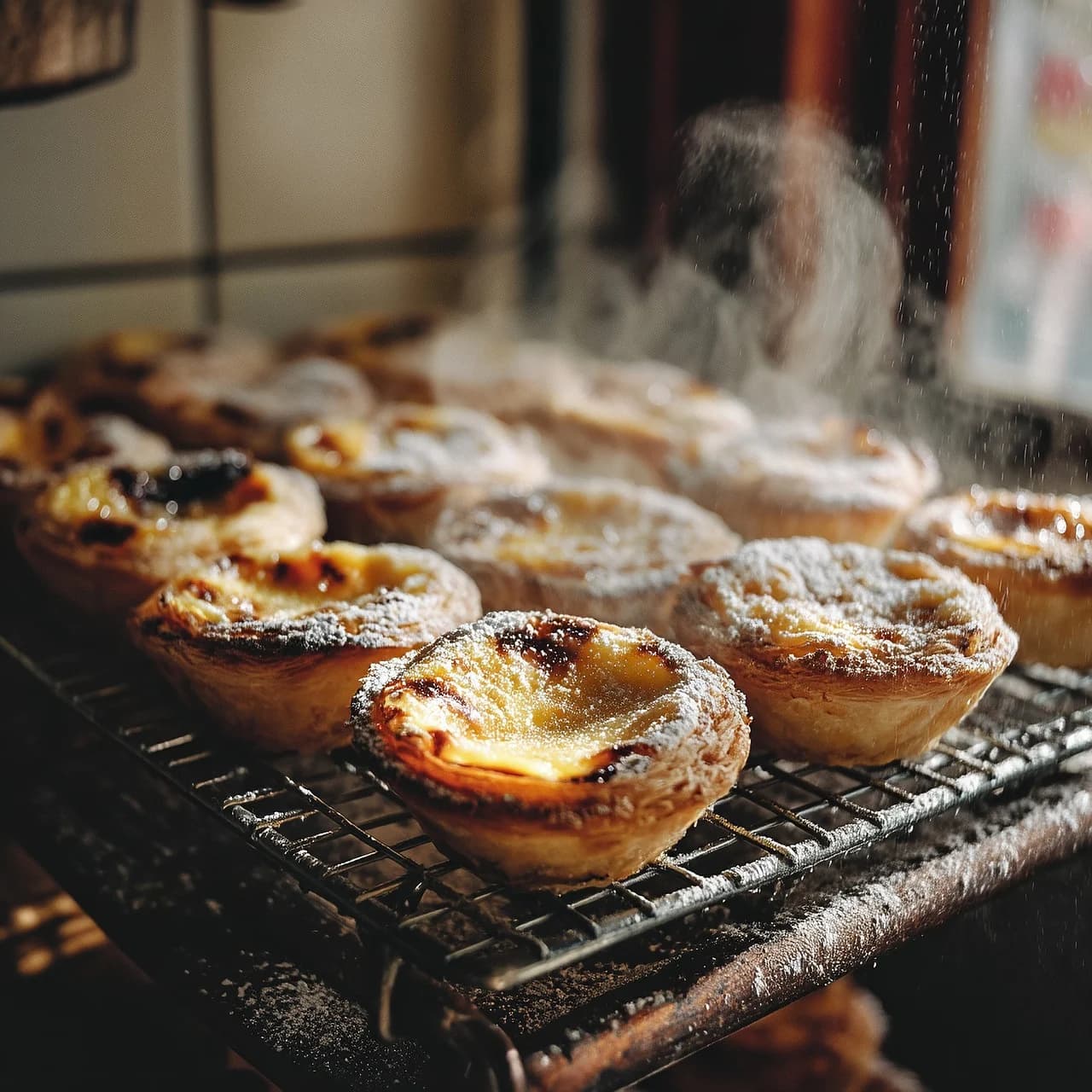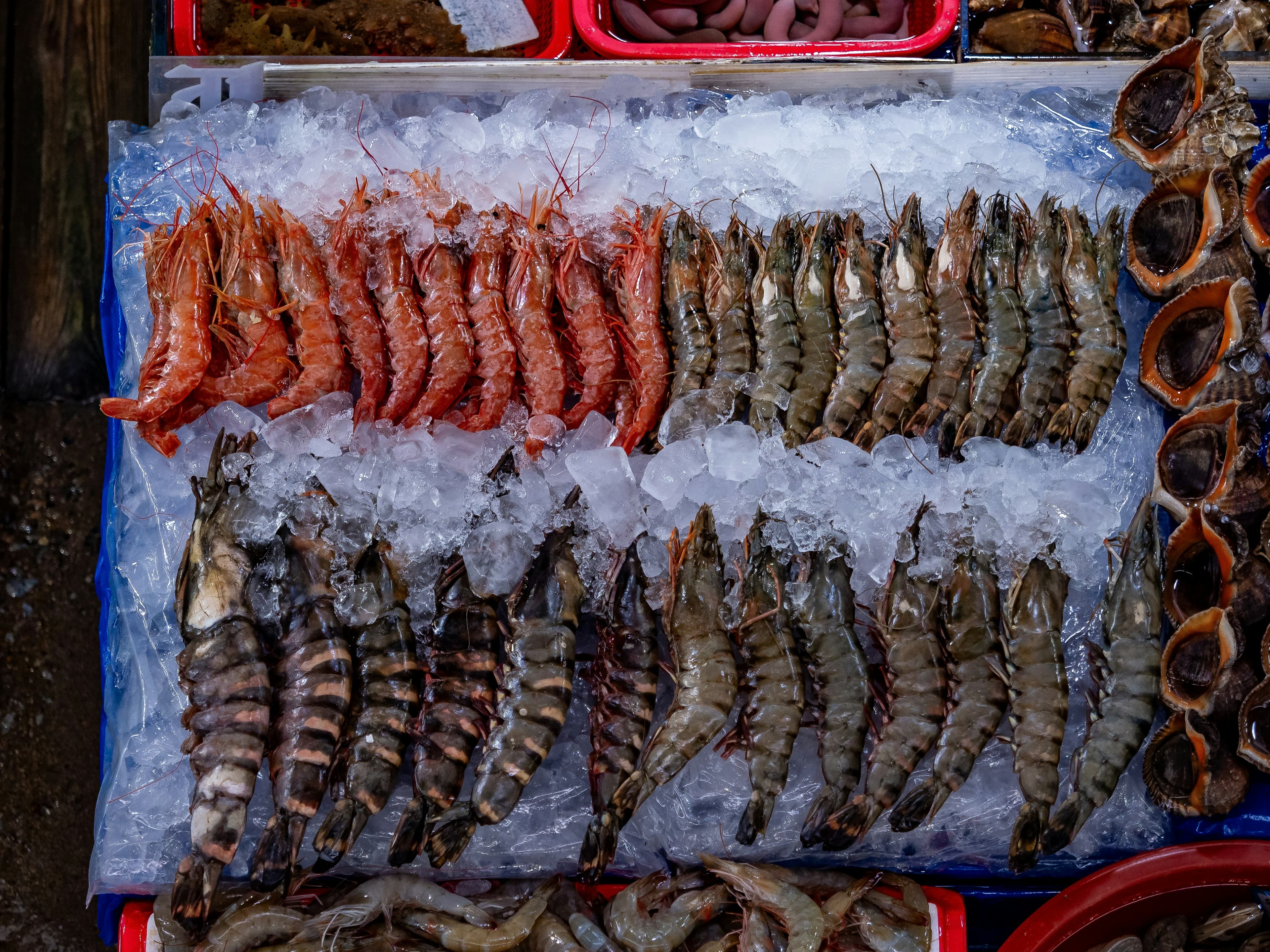
If you live in Portugal (or have spent more than two days here), chances are you’ve already been offered a bowl of caldo verde ! And if that hasn’t happened yet, don’t worry : it will. Because here, caldo verde isn’t just any soup. It’s THE soup. The one served at every table, in every season, in every family. It’s the dish that brings people together, that warms hearts, and that tells, better than any guidebook, what Portugal really is…
And let me tell you right away : don’t underestimate it ! Yes, it looks simple (a green soup, a bit rustic, with a slice of chouriço floating in the middle). But behind that modest appearance hides an entire world of culture, memory, and above all… flavour (if you’ve tasted it before, you know exactly what I mean).
A bit of history (and a lot of nostalgia)
Caldo verde comes from the north of Portugal, more precisely from Minho, that lush, green region where people cultivate the land, the wine (the famous vinho verde), and tradition. It’s a peasant soup, born in humble kitchens, when people cooked whatever they had on hand.
Originally, it was a winter dish, simple and nourishing : with potatoes, Galician kale (that big green cabbage cut into thin strips), a little olive oil and sometimes a smoked sausage to give it some flavour. The kind of recipe that costs next to nothing, but does wonders (for the body and for the soul !).
And because it’s so comforting, it quickly became the soup of the heart for all Portuguese people. Today, caldo verde is everywhere : in restaurants, at popular festivals, at family meals, during fado nights, and even on the most elegant tables. It crosses social classes, generations, and seasons. And maybe that’s its real strength : everyone loves it, without exception…

A recipe both humble and rich
The secret of caldo verde lies in its simplicity. Just a few ingredients are enough, but the magic comes from their balance : potatoes for the smooth base ; finely shredded Galician kale ; a drizzle of olive oil ; one or two slices of chouriço for flavour and colour ; salt, water, and lots of love (yes, really, it’s essential if you want to get it right !).
The preparation is always the same, or almost : the potatoes are cooked, mashed, then the finely sliced kale is added, and everything is left to simmer until the soup becomes velvety. You finish it with a drizzle of olive oil and a slice of chouriço (or two, I insist, it’s even better !).
And then comes the Portuguese miracle : with so little, you get a dish of incredible richness. The taste of the kale stays fresh, the texture is smooth, and the chouriço gives it just the right touch of character.
The symbol of sharing
Here’s what you need to understand : caldo verde isn’t just a soup, it’s a moment. In Portugal, you don’t eat it alone in front of Netflix, oh no ! It’s meant to be shared, offered, accompanied by conversation (and sometimes by a glass of red wine or vinho verde, depending on taste).
It’s often served at village festivals, in large metal pots set over wood fires. You eat it in a ceramic bowl, standing up, with a plastic spoon (not very glamorous, but 100% authentic). And above all, it’s eaten late, very late, often after too much dancing, singing, or toasting. If you ever attend the São João festival in Porto, you’ll see : just after midnight, while the fireworks explode in the sky, there’s always someone shouting : “Let’s go have a caldo verde !” And everyone agrees, without question ! (me first, by the way !) It’s almost a survival tradition.
The taste of home
Every family has its own version. Some add more kale, others a hint of garlic or a homemade broth. Some prefer it smooth, others a bit rustic. But in all of them, there’s that unmistakable flavour : a mix of olive oil, greens, and tenderness.
Little tips to make it perfect (and love it even more)
Choose good ingredients : it’s not a complicated soup, so the quality of what you use makes all the difference. Real Portuguese potatoes, good couve galega, and above all, excellent chouriço.
Don’t be afraid of olive oil ! A drizzle of raw olive oil just before serving isn’t only traditional, it’s delicious.
Don’t blend it too much : leave it with a bit of texture, so you can still feel the kale and potato.
Serve it with cornbread (yes, that’s even better !) The famous broa de milho, crunchy on the outside and soft inside, is its best friend.
And most importantly : share it ! It’s not a soup to be eaten in silence. It’s a dish of laughter, conversation, and warmth….
A timeless dish
Caldo verde may have crossed centuries, but it hasn’t aged a day. Even today, you’ll find it on the menus of trendy Lisbon restaurants, reimagined with infused oils or crispy chouriço chips. Yet its simplest version remains the best. It’s the soup that connects generations : grandparents cook it in the same iron pot they’ve had for forty years, the younger ones rediscover it after a long night out, and everyone, without exception, finds comfort in it !
Caldo verde is much more than a dish : it’s a declaration of love to Portuguese daily life. It’s proof that you need very little to do good, to nourish, to bring people together. It’s the soup you make when you want to take care of someone, that you serve as a starter at Christmas, or that you savour after a long day. It doesn’t make noise, it doesn’t try to impress, but it always hits home.
And if one day you taste a real one, piping hot, with that famous slice of chouriço floating proudly in the middle… you’ll understand why, here, they say caldo verde isn’t eaten, it’s felt. So, grab your spoon ! And to be completely honest, writing this article really made me want to cook one tonight, so, bom apetite…. !
Share this article
Suggested articles

Convent Sweets: Delicacies Born in the Monasteries
Portugal wouldn’t be the same without its convent sweets. These golden pastries, rich in egg yolks and scented with cinnamon, tell the story of a country where faith met indulgence. Born in the silence of monasteries between the 15th and 18th centuries, they were once made by monks and nuns, often to support the convent or thank benefactors. Today, they are an essential part of Portuguese culinary heritage.

Pastéis de Nata: History and Secrets of the Recipe
It’s hard to imagine a stay in Portugal without tasting a warm pastel de nata, with its crisp flaky crust and delicately caramelized custard. These small tarts, known as pastéis de Belém when they come from the famous Lisbon pastry shop, have become one of the country’s greatest gastronomic symbols. Their popularity has long surpassed Portugal’s borders: today, you can find them in Paris, London, New York, or Tokyo — but their true authenticity lies in the Lisbon tradition, passed down for more than two centuries.

Seafood in the Algarve, an Oceanic Feast
The Algarve, this southern region of Portugal bathed by the Atlantic, is not only famous for its golden beaches and cliffs sculpted by the sea… It is also a true paradise for seafood lovers ! Prawns, octopus, clams, crabs, fresh sardines, and of course the famous cataplana, every bite tells a story of the sea, local traditions, and culinary expertise.

Pão de Ló
In every Portuguese family, there’s a cake that comes out of the oven like a little sun: the pão de ló. Golden, airy, soft, it always announces something joyful. It’s the cake of dressed-up Sundays, overfilled tables, and aunts who hug you too tightly while saying how much you’ve grown.
.jpg&w=3840&q=75)
Pastéis de Bacalhau
There are dishes that smell like holidays and grandma’s kitchen. Pastéis de bacalhau are exactly that. These little golden cod croquettes, crispy on the outside and soft on the inside, are at once an appetiser, a madeleine of Proust, and proof that Portugal has completely mastered the art of frying.

The Best Francesinhas in Porto : The Complete Guide to Savouring the Portuguese Specialt
Porto, the second largest city in Portugal, is not only famous for its namesake wine and the picturesque landscapes along the Douro… the city is also a true culinary paradise, where tradition meets innovation!


